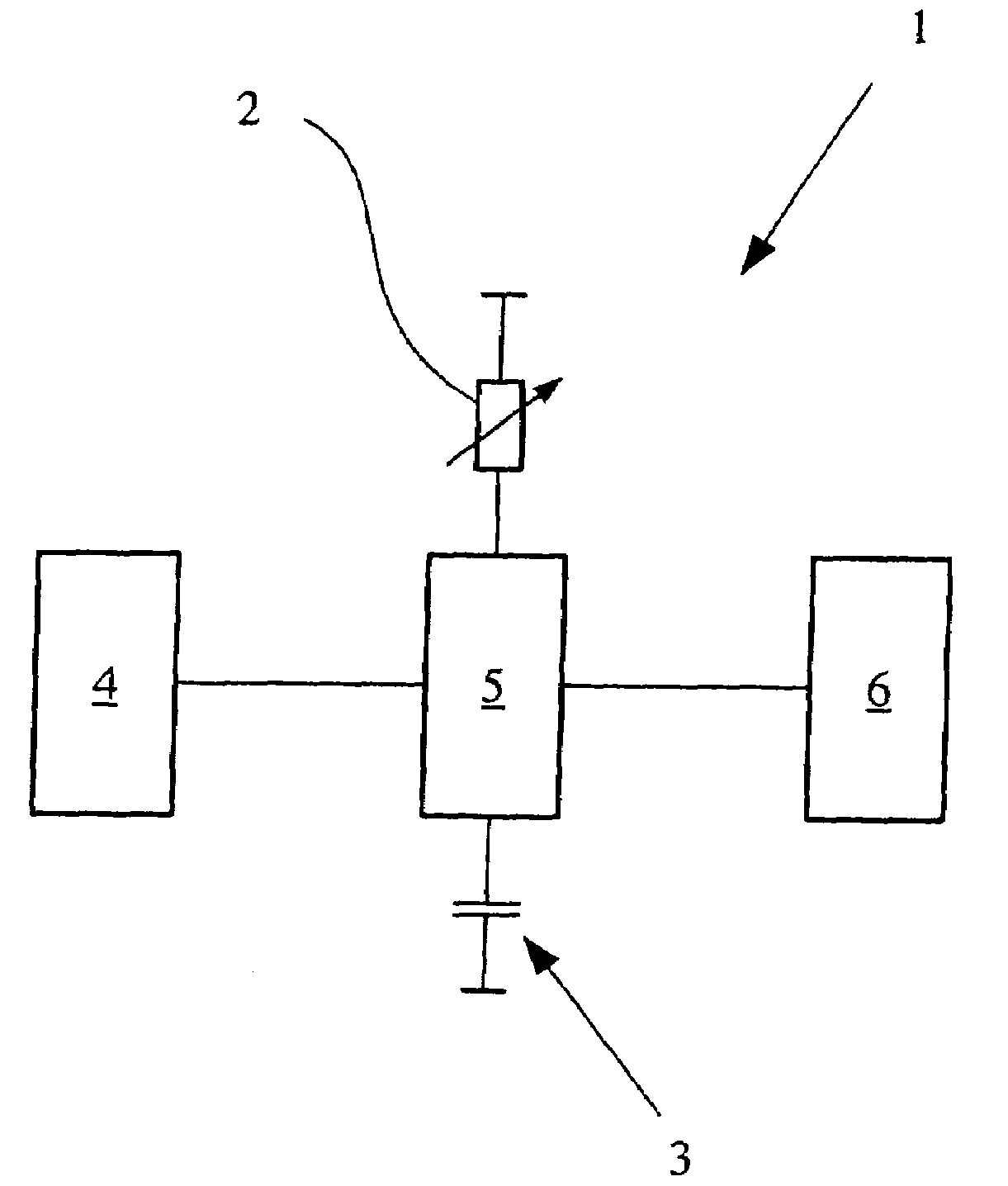Capacitive sensor
a capacitive sensor and sensor technology, applied in capacitance measurement, resistance/reactance/impedence, instruments, etc., can solve the problems of amplitude fluctuations, labor-intensive and costly circuit engineering, and the inability to compare the difference of current-voltage-convertible currents,
- Summary
- Abstract
- Description
- Claims
- Application Information
AI Technical Summary
Benefits of technology
Problems solved by technology
Method used
Image
Examples
Embodiment Construction
[0058]FIG. 1 shows a first embodiment of a capacitive sensor 1 with a reference impedance 2 and a measuring condenser 3, at least one electrical alternating signal source 4, and a current supply network 5 as well as with an analysis unit 6. The reference impedance 2 and the measuring condenser 3 are connected, via the current supply network 5, with the alternating signal source 4 and the analysis unit 6 in such a way that the charge and discharge currents of the reference impedance 2 and the measuring condenser 3 and / or an analysis signal from the analysis unit 6 that characterizes the charge and discharge currents of the reference impedance 2 and the measuring condenser 3 can be analyzed, whereby the reference impedance 2 can be tuned. By the ability of the reference impedance 2 to be tuned, the value of the reference impedance in each desired state of influence of the capacitive sensor can be adjusted to the impedance or capacitance of the measuring condenser that is dependent on ...
PUM
 Login to View More
Login to View More Abstract
Description
Claims
Application Information
 Login to View More
Login to View More - R&D
- Intellectual Property
- Life Sciences
- Materials
- Tech Scout
- Unparalleled Data Quality
- Higher Quality Content
- 60% Fewer Hallucinations
Browse by: Latest US Patents, China's latest patents, Technical Efficacy Thesaurus, Application Domain, Technology Topic, Popular Technical Reports.
© 2025 PatSnap. All rights reserved.Legal|Privacy policy|Modern Slavery Act Transparency Statement|Sitemap|About US| Contact US: help@patsnap.com



